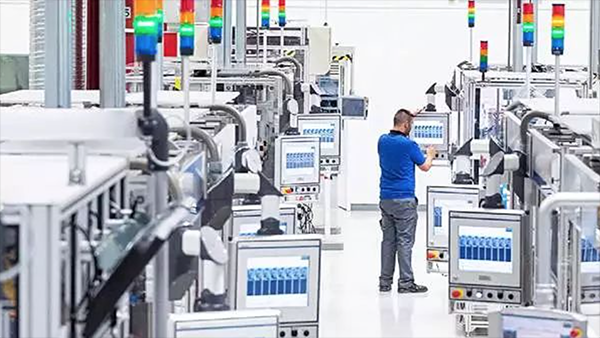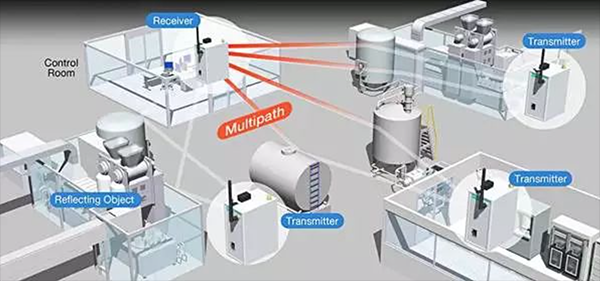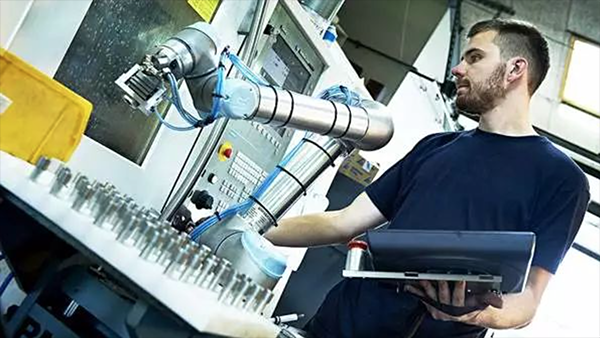Keli Motor Group Search

Artificial Intelligence(AI)
Summary:Intelligentization is the most important trend in the manufacturing industry recently,much more enquiries in related with the AI industry due to industry and product promoting during the past times.
Intelligentization is the most important trend in the manufacturing industry recently,much more enquiries in related with the AI industry due to industry and product promoting during the past times.
The IT industry has set off a wave of artificial intelligence (AI) since 2016.The Integration of AI and IoT will become the mainstream system in various vertical fields in the future.Meanwhile, AI will also become one of the core computing architectures of the IoT industry in the manufacturing field.
Germany is the market leader of Industry 4.0, related technologies have also made rapid advances, including the development of industrial IoT, big data analysis, robotics and the other technologies. Therefore,the new smart factories and the new industrialization standards have been established gradually.
The wave of AI has given industry 4.0 a new development direction these years, clearly distinguishing the differences between automation and intelligent movement, including machine vision, deep learning and other artificial intelligence technologies that use algorithm analysis as the mainstay. It has become a new trend for the future development of Industry 4.0. Not only has automation and robot technology become more precise, but manufacturing has also begun to enter new technological fields such as unmanned factories.

Automation is the technological foundation of modern industry, combined with AI will comprehensively improve the efficiency of automation
In terms of current development, there are three major trends in smart manufacturing. The first is the production network. This part is mainly to apply Manufacturing Operations Management (MOM) to assist suppliers in the production value chain to obtain and exchange real-time production information. So that all the components provided by the supplier can arrive at the production line at the correct time and in the correct order.
The second trend is the fusion of virtual simulation and real physical system.Every step in the manufacturing process will be designed, simulated, and optimized in the virtual world, creating a highly emulated digital twin model.
The third trend is the Cyber-Physical System. In this system, product information will be input to the product components themselves. They will directly communicate with the production system and equipment according to their own production needs. Issue the next production process instruction and direct the equipment to organize production by itself. This independent production mode can meet the customized needs of each user.
Establish computing mode with big data
The above three major trends will be integrated with AI to a certain extent in the future. For example, in production line monitoring, robots, unmanned vehicles, etc., all will have AI computing function design, the main reason is that a large number of customized trends, factories need to handle various production scenarios difficulties, such as product types and production line transfers will also increase greatly. Although sensors and big data analysis, managers can already grasp more information to help decision-making, but also because the amount of information has increased significantly. Increasing the pressure of information analysis of managers, coupled with the increasingly rapid market changes, the analysis speed of human beings is probably more and more difficult to keep up with the provision of faster and faster front-end data, naturally it is more difficult to make the manufacturing site of the machine can quickly respond to customer demand. AI is applied to the manufacturing industry, which will allow the system to find regular establishment patterns from big data analysis, and then learn to avoid previous errors, and even make predictions in advance. Applying to the manufacturing field can not only shorten during downtime, the production line can be adjusted in a timely manner to reduce the frequency of dead materials and waste materials.

Networking is the foundation of the IoT , AI will analyze the large amount of data obtained by the network and make intelligent judgments and recommendations
Acquiring and analyzing data is a core task for the IoT industry, and the data points from the sensor can be transformed into actionable insights through multiple stages. The Industrial IoT platform includes a extendable data processing process,concerned real-time data, and data that is meaningful only for a period of time. When an abnormal combination of pressure and temperature threshold is detected, it may be too late for the IoT platform to shut down the LPG filling machine, which should be detected within milliseconds to an exception, and then trigger an immediate response according to the rules.
AI has several algorithms so far. For example, the core of hotspot path analysis is the rule engine responsible for detecting anomalies. The IoT platform is embedded with a complex rule engine, which can dynamically evaluate complex patterns from sensor data flow. Experts in the field of data formats define the baseline threshold and routing logic of the rule engine. This logic serves as the key input for the rule engine in orchestrating the message flow, and is defined for each data point before moving to the next stage of the data processing process. Nested sentence conditions, the rule engine has become the core of the Internet of Things platform, and one of the key areas of machine learning is to find patterns from existing data sets, group similar data points, and predict the value of future data points.
Higher-order algorithms related to machine learning can be used for classification and predictive analysis. Since these algorithms can be learned from existing data, and most IoT data is based on time series, these algorithms can predict the future value of sensors based on historical data. The combination of these various machine learning algorithms will replace the traditional rule engine in the Industrial IoT platform. Although domain experts still need to take action based on conditional definitions, these intelligent algorithms provide higher accuracy and precision.
AI+ HI High efficiency
One of the largest applications of machine learning in the Industrial IoT is predictive maintenance of equipment. It predicts equipment failure through correlation and analysis mode changes, and reports key indicators such as the remaining life of the equipment. Forecast maintenance can also be applied in the future as aerospace, manufacturing, automotive, transportation, logistics, supply chain and other fields, such as forecasting models are arranged to car service centers. In the aviation industry, the goal of predictive maintenance programs is to predict flight delays based on maintenance history and flight route information Or the possibility of cancellation.

AI and HI must work together to create max value in industry
The Industrial IoT is one of the fastest growing categories in all vertical applications at present . AI in the Industrial IoT mainly assists operators and managers to screen data extracted from a large number of devices and do judgment, but the current AI cannot make logical decisions.So the AI should combined with the human creativity to make the best benefit of the system in the manufacturing field.



